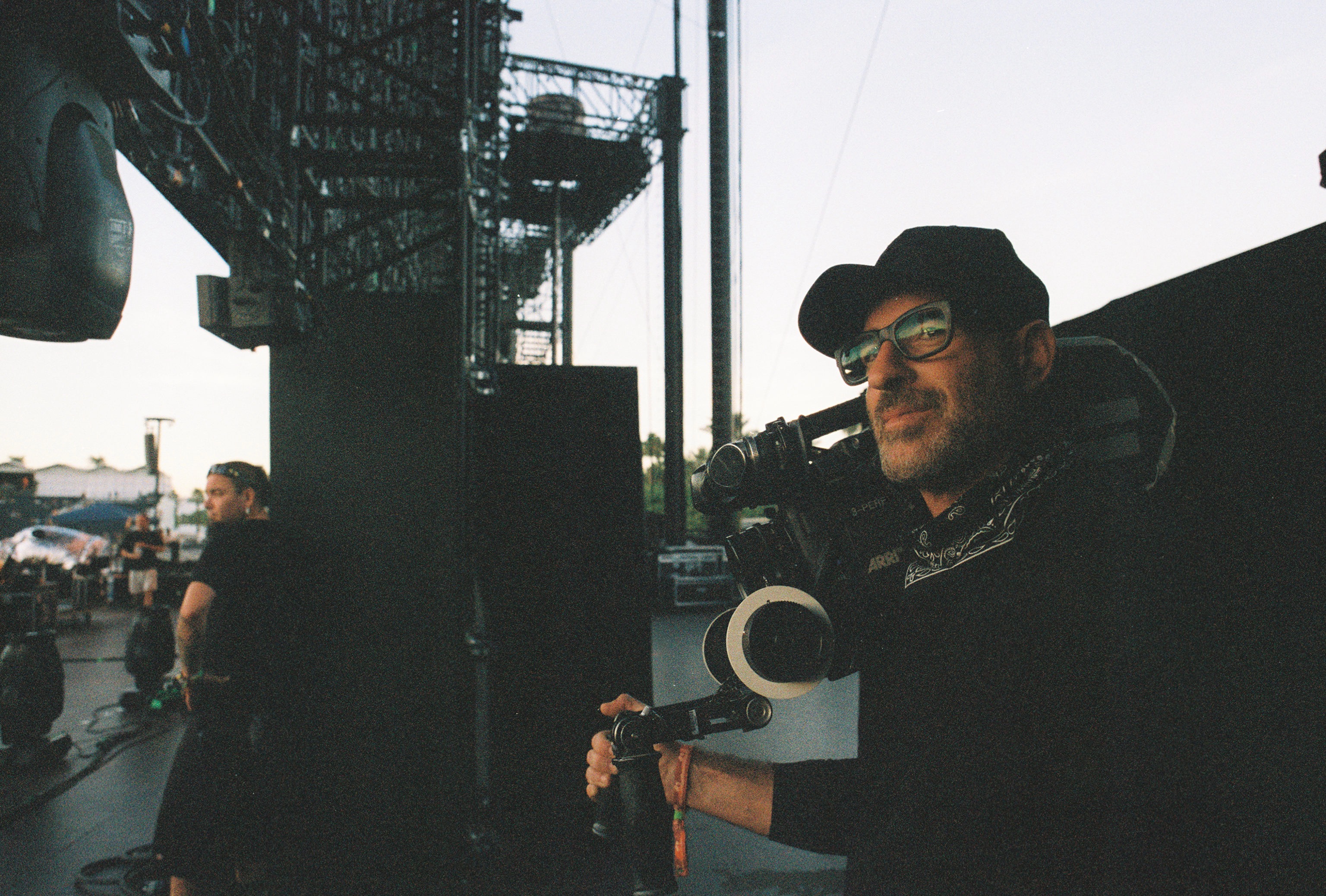Turning Live Music into Live Cinema with ARRI
With live cinema, we’ve figured out how to bridge the gap between being there and watching at home

LOS ANGELES—I founded Wide+Close with partner and Eastside Camera Rental Owner, Ryley Fogg in 2019 after successfully integrating ARRI Cinema cameras with DTS fiber conversion systems into a traditional TV broadcast infrastructure. At the time, it was risky cutting-edge technology, but with ARRl’s support, it worked beautifully, and most importantly started us out on this journey.
I had been working with Ryley, who is also an extremely talented colorist/DIT on documentary, commercial, and live music projects over the past decade. After numerous music documentaries and live performances together, we decided to bring our methodology of filming for live-to-tape into the live-live space.
So, we launched Wide+Close and built the company on the philosophy that there is a better way to visualize live performances. We fundamentally reimagined all aspects of livestream production to move past a coverage-based approach and towards a more artistic visual interpretation of music based on look and feel. Image quality, color, and composition are our north stars.
We call this approach “live cinema.”
Streaming Pipeline
Live cinema harnesses the talent, tools, and techniques of the traditional filmmaking world and seamlessly integrates into any streaming pipeline. We believe that with live cinema, we’ve figured out how to bridge the gap between being there and watching at home—it just took a whole new way of thinking.
We are artists and filmmakers who speak and understand the language of cinema. Our goal is to conjure the same emotions you feel when listening to music while watching and capture the “lightning in a bottle” that is the live concert experience. Music is the only art form that is created live and in that moment, its visual representation should come close to recreating that feeling.
We employ a higher-level of talent at every position and that talent behind the camera is what separates us from the competition. As Ansel Adams once said, “The single most important component of a camera is the 12 inches behind it.”
The professional video industry's #1 source for news, trends and product and tech information. Sign up below.
ARRI Trinity Stabilization
We chose ARRI cameras, stabilization systems and lenses because they are the gold standard and imagery leader in the film world. I personally have been shooting on ARRI cameras dating back to the introduction of the first ALEXA digital cinema camera and especially when the AMIRA came on the scene.
For music documentaries, and particularly for filmed live performances, the AMIRA and ALEXA camera systems seemed to be tailor made for these genres. These cameras are built to withstand the elements and lend themselves to the rough and tumble environments that represent the venues, studios, and crazy locations we find ourselves shooting in. For the YouTube Coachella livestream, we are literally on a polo field in the middle of the desert—hostile to say the least.
At YouTube’s Coachella livestream, we honed our approach and capitalized on the use of the ARRI cameras, lenses, and stabilization systems—the best case of which is the ARRI ALEXA Mini LF mounted to an ARRI TRINITY (and an A-List TRINITY Operator Mark Goellnicht) wearing an ARRI Signature Zoom or Prime.
This combination of equipment became the number tool in our box and completely changed the dynamic for producing in the live space. We are now seeing the live concert world embrace and adapt to TRINITY as the “go to setup” for stabilized camera work. And we’ll be using them again on multiple stages at this year’s festival.
More information is available at www.arri.com/en.
Kenny Stoff has been shooting and directing music documentaries and live performances for more than 20 years. He is also the Live Cinema Director for YouTube’s Coachella livestream, bringing live cinema to both the main stage and outdoor theater at last year’s festival.
